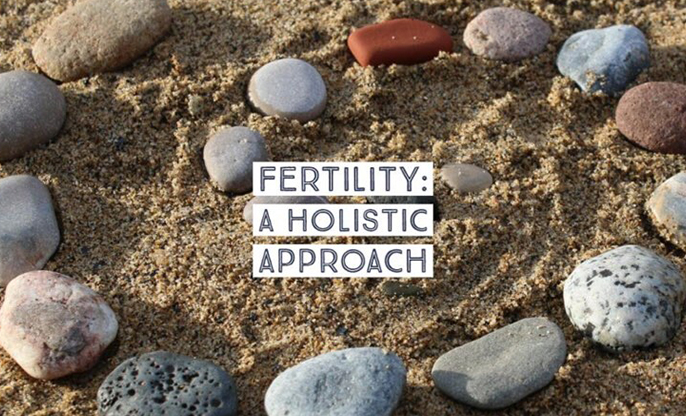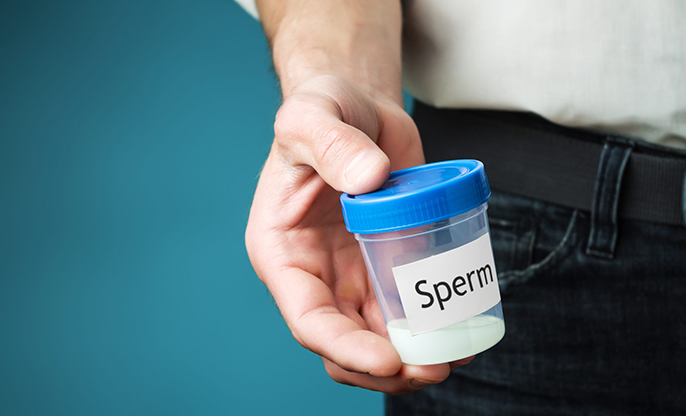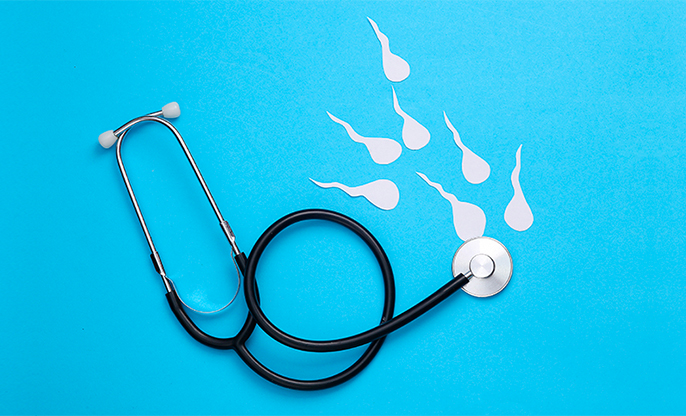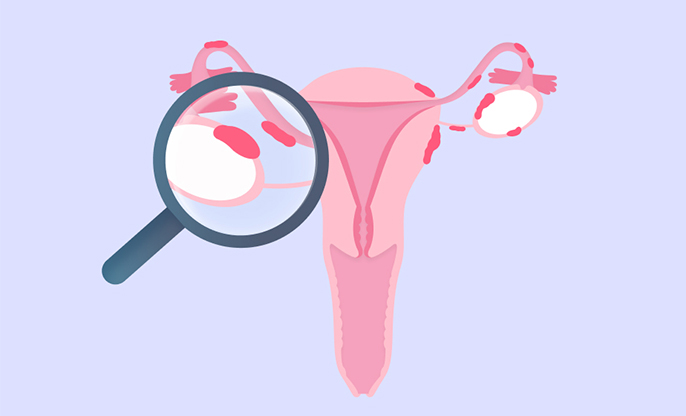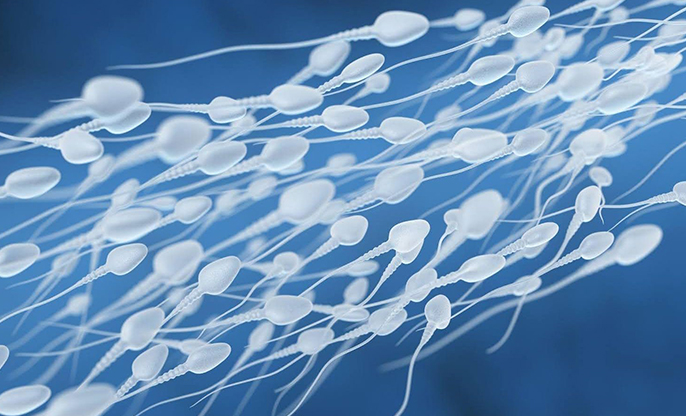
When it comes to male fertility, the quality and quantity of sperm, as well as their motility, play pivotal roles. Spermiogenesis is a crucial process in sperm development that directly affects these aspects. Understanding spermiogenesis and its impact on male fertility is essential for couples trying to conceive.
Spermiogenesis and Sperm Development
Spermiogenesis is the final stage of sperm development that transforms immature sperm cells into fully mature and functional spermatozoa. This intricate process occurs within the seminiferous tubules of the testes and involves several critical steps:
·
Nuclear Condensation: During this phase, the nucleus of
the immature sperm cell becomes more compact, allowing it to carry the genetic
material efficiently.
·
Acrosome Formation: The acrosome, a cap-like structure
containing enzymes, develops over the anterior part of the nucleus. It plays a vital
role in fertilization.
·
Flagellum Development: The tail or flagellum, responsible
for sperm motility, elongates during spermiogenesis. This is a crucial step in
ensuring the sperm's ability to swim toward the egg.
· Mitochondrial Sheath Formation: The midpiece of the sperm contains a spiral layer of mitochondria, providing the energy needed for sperm motility.
Effects on Sperm Quality and Quantity
1. Sperm Morphology: Spermiogenesis directly
influences sperm morphology, ensuring that the spermatozoa are properly
structured for optimal function. Abnormalities in this process can lead to
malformed sperm, reducing their chances of successfully fertilizing an egg.
2. Sperm Motility: The development of the
flagellum during spermiogenesis is essential for sperm motility. Properly
formed flagella are critical for sperm to navigate the female reproductive
tract and reach the egg.
3. Sperm Count: While spermiogenesis
mainly focuses on the structural aspects of sperm development, abnormalities in
this process can indirectly affect sperm count. Malformed sperm may not survive
as long within the female reproductive tract, reducing overall sperm count in
ejaculate.
4. Fertility Potential: Spermiogenesis significantly impacts the fertility potential of sperm. Well-developed sperm with proper morphology and motility are more likely to successfully fertilize an egg.
Conclusion
Spermiogenesis is a complex and highly regulated process that ultimately determines the quality and quantity of sperm. It is essential for male fertility, as it directly influences sperm morphology, motility, and overall function. Couples facing fertility challenges should consider the role of spermiogenesis when seeking answers and solutions. Consulting with a healthcare professional can help diagnose and address any issues related to spermiogenesis, ultimately improving the chances of successful conception.

























